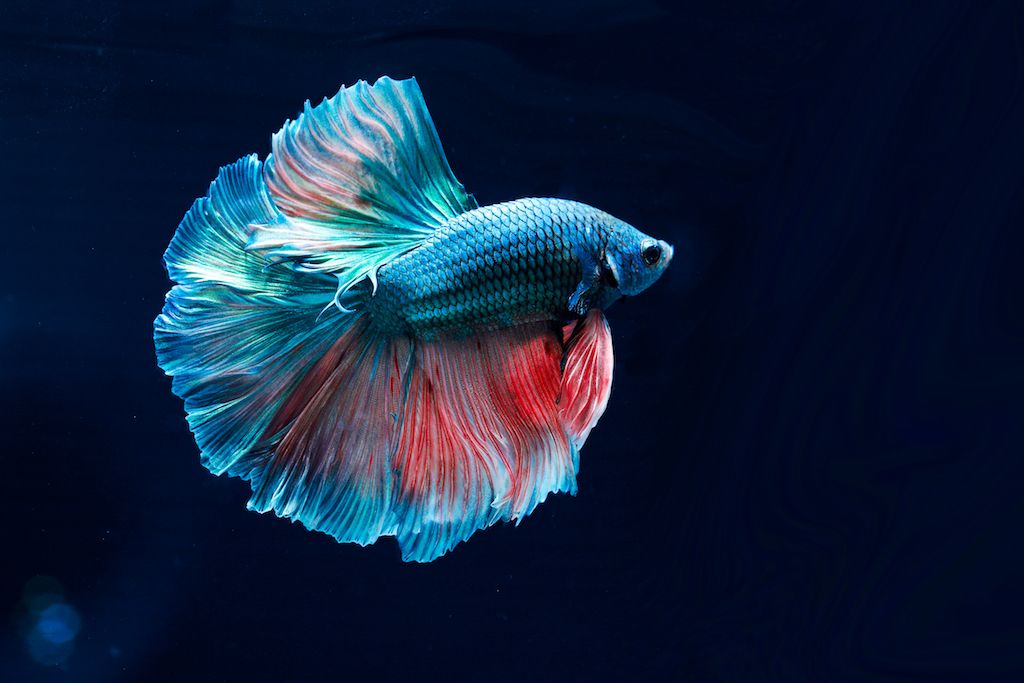Betta Fish Diet: What to Feed Your Betta for Ideal Health And Wellness
How to Reproduce Betta Fish Efficiently: Expert Strategies and Insights for Hobbyists Aiming To Increase Their Betta Collection
Breeding Betta fish needs a nuanced understanding of genetics and ecological conditions, making it important for hobbyists to come close to the procedure with both diligence and care. Developing an ideal breeding environment, selecting the appropriate sets, and observing the details of their courtship habits are fundamental steps that can dramatically impact the end result.
Understanding Betta Fish Genetics
Understanding the genetics of Betta fish is important for successful breeding, as it affects characteristics such as shade, fin form, and actions. Betta fish display a diverse array of shades and patterns, mainly identified by their genetic make-up.
In addition to pigmentation, fin morphology is one more substantial aspect of Betta genetics (betta fish). The form and dimension of fins are influenced by numerous genetics, including those that determine whether the fins are brief, long, or veil-shaped. Understanding these genetic variants helps breeders forecast the phenotypic results of their offspring
Moreover, behavioral characteristics such as aggression and territoriality can likewise be affected by genetics. These habits play an essential duty in the reproducing procedure, as they can impact generating success and the general character of the resulting fry. By adequately comprehending these hereditary principles, breeders can make educated choices, eventually enhancing their reproduction programs and accomplishing desirable outcomes.
Preparing the Reproduction Environment
Developing an optimum breeding setting is vital for the effective recreation of Betta fish. The initial action in preparing this atmosphere is to pick a proper breeding storage tank, preferably varying from 5 to 10 gallons.
Following, take into consideration making use of a sponge filter or an air rock to provide mild water circulation without developing solid currents that can emphasize the fish. It is important to set up plants or reproducing cones to use hiding places and advertise convenience for the lady throughout the spawning procedure. Floating plants, such as Java moss or water sprite, can additionally develop a more all-natural atmosphere while helping with bubble nest structure by the male.
Before introducing the breeding sets, ensure the water is conditioned and devoid of harmful chemicals, such as chlorine or heavy metals. betta fish. Normal water changes need to be conducted to keep optimal water top quality, boosting the opportunities of successful breeding. With these prep work in position, the reproducing setting will certainly support the health and well-being of both Betta fish
Selecting Breeding Pairs
Picking the right breeding pairs is critical for accomplishing successful Betta fish recreation. When choosing your breeding sets, think about numerous key elements consisting of health, character, and genetics. Healthy and balanced Betta fish display vibrant shades, clear eyes, and energetic actions. Picking fish that are cost-free from disease makes certain a better opportunity of producing feasible offspring.
Personality is an additional crucial consideration, as Betta fish are known for their aggressive nature. It is recommended to choose a man and lady that show compatible characters to reduce stress throughout the reproducing process. A calm male can motivate a smoother courtship, while a female that is also aggressive might disrupt the process.
Genetic history anonymous likewise plays a considerable role in the top quality of the spawn. Breeding fish that are genetically varied can minimize the danger of genetic health concerns and enhance the general vitality of the fry. It is useful to investigate the family tree of both the man and woman, concentrating on preferable traits such as fin type, color patterns, and size.
The Reproduction Process
The reproduction procedure of Betta fish calls for cautious preparation and interest to detail to make certain a successful end result. At first, it is important to prepare an appropriate reproduction storage tank, preferably a 5-10 gallon fish tank with a temperature level preserved at 78-80 ° F. The tank needs to be outfitted with a heating system, filter (ideally sponge type to stay clear of solid currents), and lots of aquatic plants for the woman to conceal.
When the atmosphere is established, present special info the picked reproducing set to the storage tank, permitting them to accustom. Observe their actions; the man will present intricate courtship rituals, consisting of flaring his fins and developing a bubble nest. If the woman reveals passion, she will certainly display vertical red stripes indicating readiness for spawning.
When the woman is responsive, the set will involve in a mating accept, during which the male fertilizes the eggs. Preserving optimum water problems during this period is vital for the development of healthy and balanced Betta fry.
Caring for Betta Fry

Feeding Betta fry is crucial, as they require a diet plan high in protein. Initially, they can be fed infusoria or fluid fry food, transitioning to carefully smashed premium pellets as they grow. Feed small parts numerous times a day to encourage healthy and balanced growth without overloading the container with uneaten food.

As they mature, check their development very closely and separate any kind of aggressive individuals to stop injury. By offering a nurturing atmosphere and proper nutrition, hobbyists can successfully elevate Betta fry right into dynamic, healthy fish, inevitably improving their breeding ventures.
Verdict
Effective Betta fish reproduction needs thorough interest to hereditary choice, ecological conditions, and treatment for the fry. By recognizing the genetics of Betta fish and preparing an appropriate reproduction environment, enthusiasts can improve the chances of producing lively, healthy and balanced offspring. Selecting suitable breeding pairs and closely monitoring the courtship and spawning procedures are vital. Supplying optimal treatment for the fry guarantees their healthy and balanced advancement, contributing to a successful Betta collection.